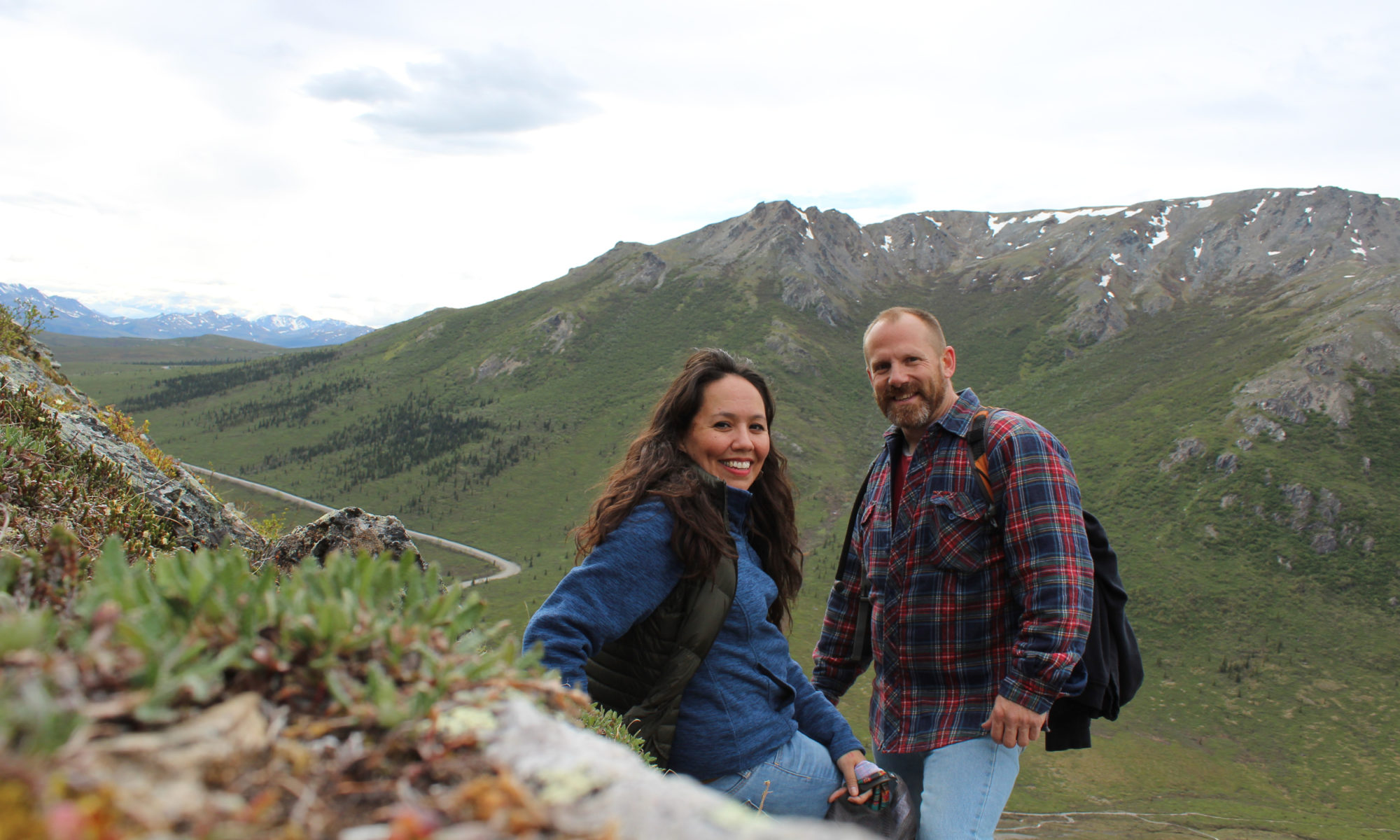It’s January here in the interior of Alaska. It’s been hovering between -30 and -40 for more than a week making everything just a little more challenging. Rachelle remembered to plug her car in but unfortunately the extension cord was plugged into a GFI outlet that had tripped and we hadn’t realized it. Needless to say, her car was frozen and wouldn’t start and I was out in the village for work. So once we worked through the issue, reset the outlet and gave the car a few hours to thaw all was well again. Once I made it home I did replace the extension cord she was using with one that has a glowing connector so there is a visual indicator that there is power. First lesson learned in 2020……
Trapping season is in full swing but our line isn’t out yet. We had been living just outside of North Pole until we purchased our house mid-year. This meant finding a new place to trap. Rachelle and I did some preliminary scouting in the fall and identified what we thought would be a great place. We had plans to get out early in the season to maximize the time we had to fill our traps with fur. It just didn’t happen and so here we are, late in the season, playing catch-up.

Let me stop for a minute and explain a few things. First, along with our website/blog we are launching our podcast where we are also sharing all of these adventures. We’ll talk about our plans, successes, challenges, and even our failures. Since it’s trapping season that’s where we’ve decided to start but we’ll also be talking about other activities we are doing which include hunting, fishing, rockhounding, foraging, camping, and hiking. We’ll discuss stuff related to all of these things we love doing as well, such as the tanning of the furs and what Rachelle will be making with them, the uses of the plants and berries that we’ll collect to include soap and candle making. We want to show off all the resources that nature has to offer here in Alaska. So we hope that you hit our website (www.roamingalaska.com) and subscribe to both our blog and our podcast.
So back to trapping now. We don’t do it for the money. We both have full time jobs and only take what we can reasonably use. We respect the land and the animals and believe that the way we put out our sets and how we treat and use what we catch reflects this.
It’s -40 degrees and I’ve got a week to get our line out before I leave for the village again. With less than five hours between sunrise and sunset, most of the trapping will done in the dark by headlamp over the next month. We lay out our clothing and start layering. We’re inside the 75 degree house and now it’s a race to finish getting dressed before we overheat. We rarely ever win that race but we try anyway.
Rachelle beats me and races outside where it’s literally 115 degrees cooler but I’m just a minutes or so behind her. We load up the gear; traps, snares, wire, etc. and head out. I find our trail that we had cut on a recent outing and began looking. As we moved along the trail there are signs of rabbit and an occasional fox. I stopped several times considering sets but decided to push in further. About a half mile later, the trail turns south for a short distance before turning back to the west so I’m now nearly parallel the first part of the trail. Almost instantly, the tracks of rabbit, fox, squirrel, and moose are everywhere. I stand there looking around at all of the activity trying to decide where to place our first set. The options are almost overwhelming.

A short distance off the trail I find a spot where a rabbit trail runs underneath a young black spruce that, under the weight of the snow, has laid over creating an archway just big enough for the rabbits to go under. Afraid of knocking the snow off of the spruce, I opt to set a leghold trap right in the archway. I anchor it to another tree a foot away. As I turn to head back to the path I spot another heavily use rabbit trail just a couple feet away. This trail passes between a group of small spruce trees that provides me a perfect funnel to set a snare and I make quick work of the set before continuing further down our trail. We set a few more snares before coming into an open area where one or more fox have been moving back and forth. The tracks are everywhere and at least one of them is a male who has taking the opportunity to mark his territory. I locate a spot under a leaning tree where the fox had passed recently and set a trap. Above the trap I hang a piece of bait to entice and distract our little red friend.

Rachelle and I continue on and set several more sets for both rabbit and fox before finally calling it a day and heading back home to a hot cup of Tang.
(By the way, if you haven’t tried Tang hot, ESPECIALLY, after coming in from the cold, you’re missing out. I was skeptical when Rachelle introduced me to it. I had grown up drinking Tang (cold) and honesty had been happy not drinking it for at least the past 30 years but give it a shot sometime.)
Come back soon for more. Not only do we need to check our line but we’ve got plenty more sets to get out. It’s going to be a great season. Make sure you subscribe to our Blog and podcasts.

